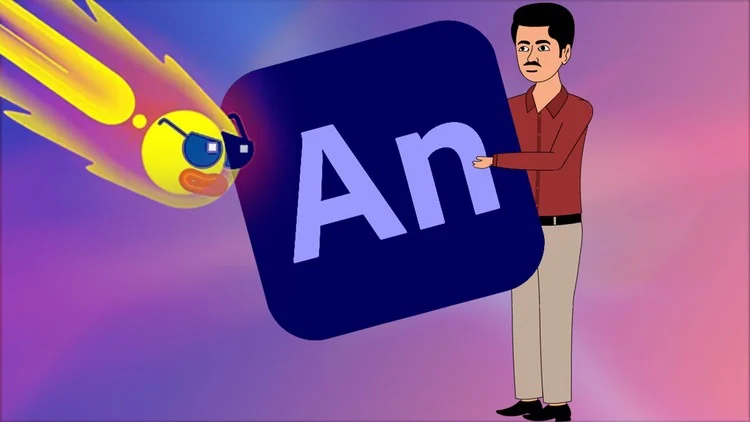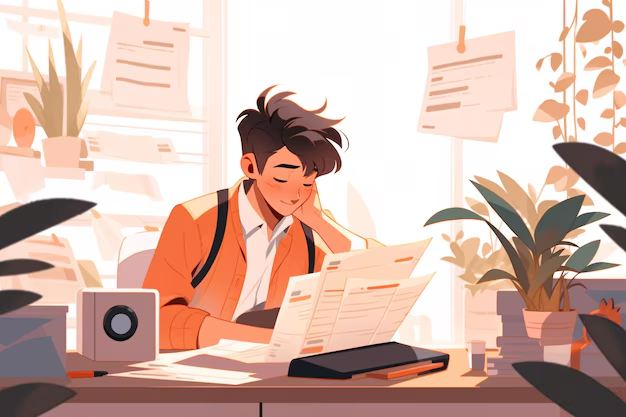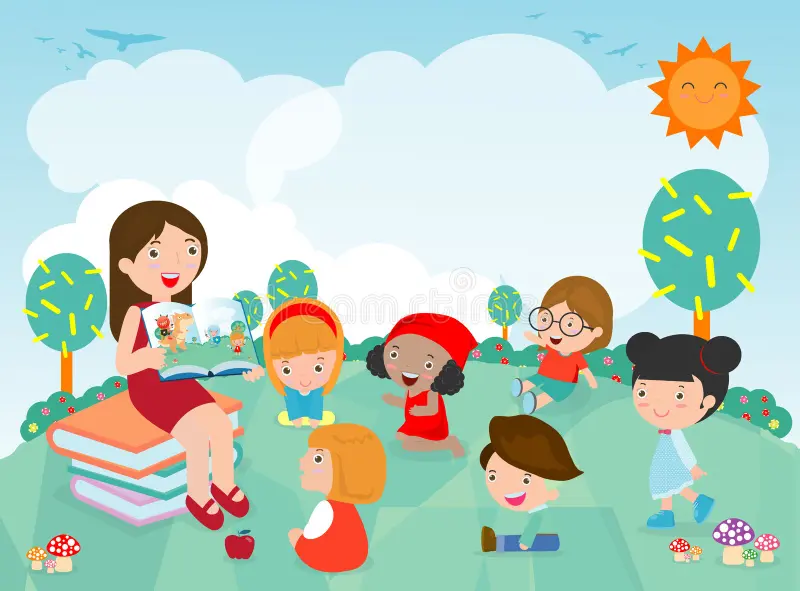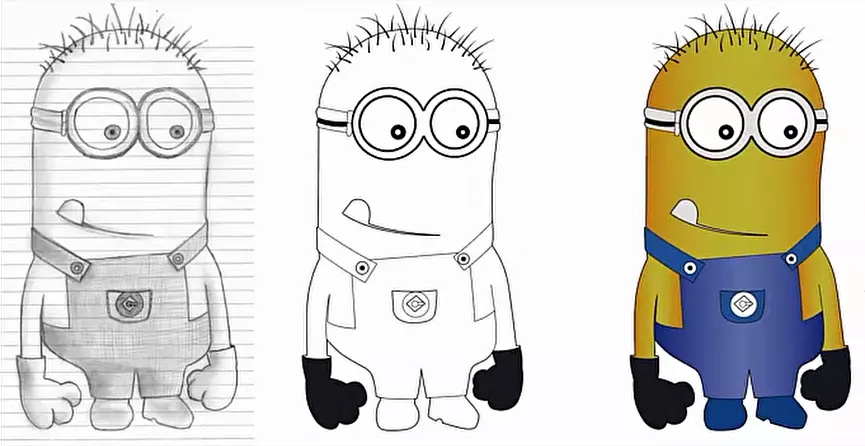Techniques for enhancing cartoon expressions are essential for any artist looking to bring their characters to life. Expressive characters can captivate an audience and convey emotions more effectively. In this article, we’ll share ten practical techniques to improve cartoon expressions, helping you create characters that resonate with viewers. Whether you are a beginner or an experienced artist, these tips will enhance your skills and add depth to your cartoons.
1. Understand Facial Anatomy
To enhance cartoon expressions, it’s crucial to understand basic facial anatomy. Familiarizing yourself with the structure of the face will help you manipulate features for expressive effects. Study how emotions affect the muscles of the face, such as how eyebrows furrow when angry or rise in surprise. This knowledge will allow you to exaggerate expressions in a way that feels natural and relatable.
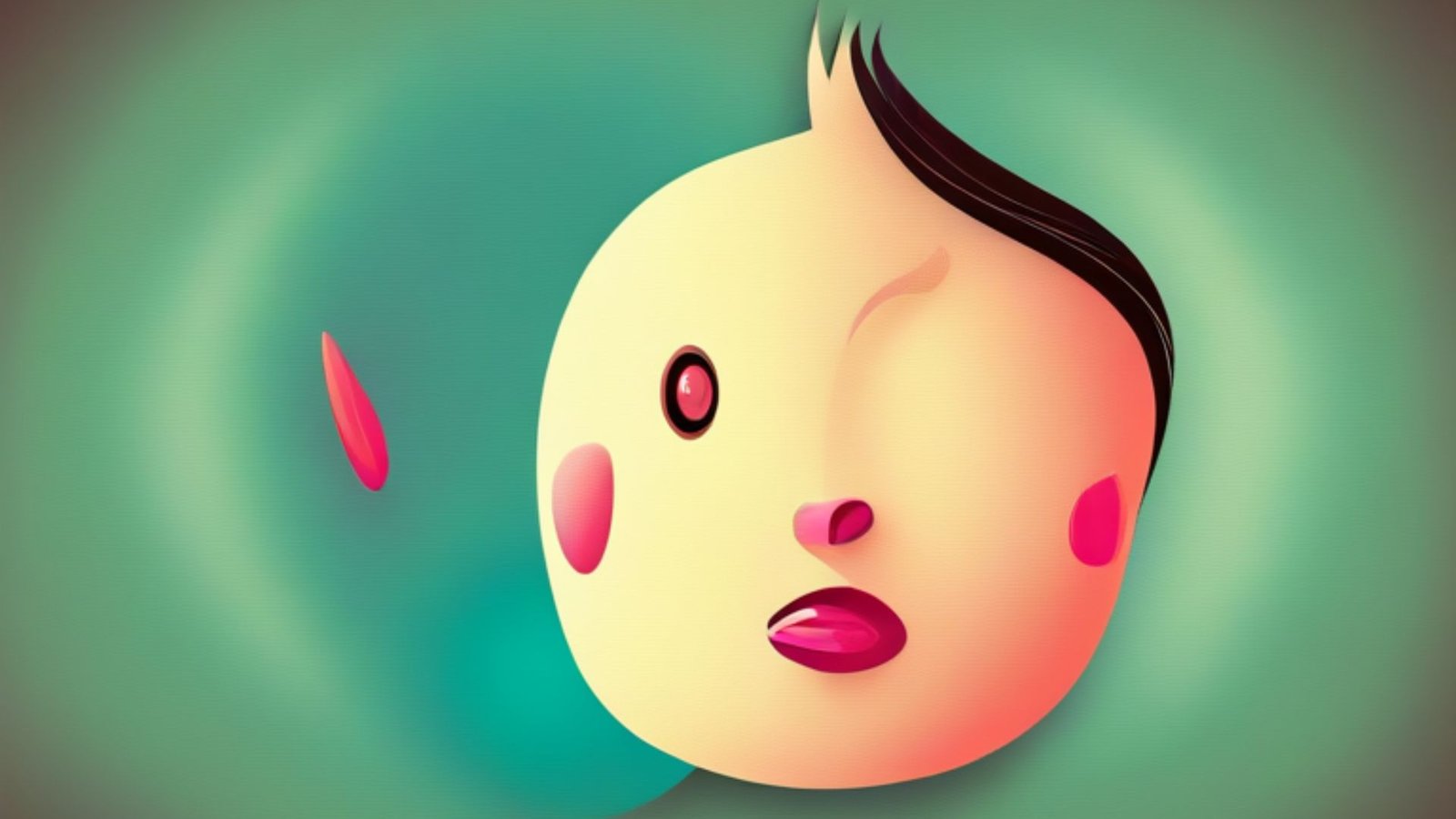
2. Use Exaggeration
Exaggeration is one of the key techniques for enhancing cartoon expressions. Cartooning thrives on amplifying features to convey emotions clearly. For example, when drawing a surprised character, make their eyes larger and their mouth wider than realistic proportions. This exaggerated approach makes the expression more impactful and instantly recognizable to the viewer.
3. Focus on the Eyes
The eyes are often the most expressive part of a character’s face. To enhance expressions, pay close attention to the shape and position of the eyes. Squinting can indicate anger or suspicion, while wide-open eyes convey excitement or fear. Using various eye shapes can significantly change how your character is perceived, making this a vital technique in your expression toolkit.
4. Pay Attention to the Mouth
The mouth is another powerful tool for conveying emotions. Different mouth shapes can express a range of feelings, from happiness to sadness. A smile can be achieved by curving the corners of the mouth, while a frown can be created by turning the corners down. Use open mouths for surprise or shouting and closed lips for shyness or calmness. Experimenting with different mouth shapes is one of the best techniques for enhancing cartoon expressions.
5. Use Body Language
Expressions are not limited to the face. Body language plays a significant role in conveying emotion. How a character stands or moves can enhance their expression. For instance, slumped shoulders may indicate sadness, while a tall, upright posture can show confidence. Consider the character’s entire body when expressing emotions, as this adds depth to their personality and feelings.
6. Incorporate Gesture Drawing
Gesture drawing can significantly improve your ability to capture expressions quickly. This technique involves drawing fast, loose sketches that focus on the movement and emotion of the character rather than details. By practicing gesture drawing, you learn to identify and depict the essence of an expression more effectively, leading to stronger cartoon portrayals.
7. Experiment with Color
Color can influence how emotions are perceived in cartoons. Bright, warm colors like red and yellow can evoke happiness and excitement, while cool colors like blue and gray can suggest sadness or calmness. Using color strategically can enhance expressions and add an emotional layer to your characters. For example, changing the color of a character’s cheeks to red can indicate embarrassment or excitement.
8. Study Different Emotions
To master techniques for enhancing cartoon expressions, it’s essential to study various emotions. Observe how people express feelings in real life. Watch movies or animated shows and analyze how different characters display emotions. Take notes on facial features, body language, and color usage. This observation will provide valuable insights that you can incorporate into your own work.
9. Create Expression Sheets
Creating expression sheets is a helpful technique for developing consistent cartoon expressions. Draw your character showing a range of emotions, such as happiness, sadness, anger, and surprise. This practice allows you to explore how your character’s features change with different feelings. Having a reference sheet can guide you in maintaining consistency in your character’s expressions throughout your work.
10. Practice Regularly
Finally, the most important technique for enhancing cartoon expressions is practice. The more you draw, the better you will become. Set aside time each day to focus on expressions. Experiment with different techniques and styles, and don’t be afraid to make mistakes. Over time, you’ll develop your unique style and improve your ability to convey emotions through your characters.
Conclusion
Incorporating these techniques for enhancing cartoon expressions will significantly improve your artwork and storytelling. By understanding facial anatomy, using exaggeration, focusing on the eyes and mouth, and considering body language, you can create characters that resonate with viewers. Additionally, experimenting with color, studying emotions, and practicing regularly will help you develop your skills further. With dedication and practice, your cartoon expressions will become more dynamic and engaging, bringing your characters to life.








